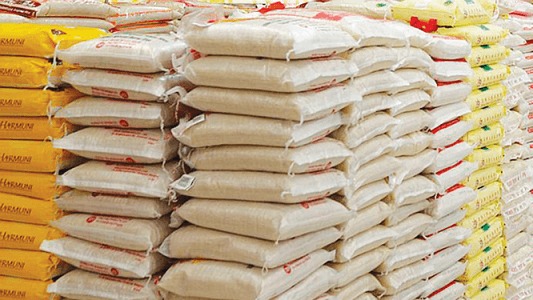According to a recent assessment, the country’s rice consumption has been steadily increasing beyond the capacity of the local supply, creating an annual supply imbalance of almost two million metric tonnes.
As a result, the commodity’s price has increased by more than 37% thus far in 2023. The “AFEX Wet Season Crop Production Report for 2023” disclosed this.
According to the company, “Nigeria’s rice consumption has been rising steadily, in line with the market’s steady expansion and almost exactly matching the 2.6% annual population growth estimate.” A supply deficit of roughly 2 million metric tonnes per year has resulted from this.
Get Instantly Update By: Joining Our Whatapps and Telegram Channel

Despite having the potential to be a net rice exporter, Nigeria has spent more than $15 billion in the last ten years to fulfill its growing rice demand, according to the corporation.
Due mostly to El Nino’s possible effects on rice production in important regions and India’s prohibition on rice exports, rice prices worldwide hit their highest peak in almost 12 years in 2023. These elements have added to the price increase, as have interruptions brought on by rain and quality differences during Vietnam’s summer-autumn harvest.
“In Nigeria, where the price of rice has increased by over 37% year-to-date, due to reduced production in 2022 due to the effects of flooding during that year’s wet season,” the report stated, “a similar trend is observed.” The company also attributed the price hike on flooding and the knock-on effects of global market dynamics.
It does, however, anticipate a roughly 4% increase in rice production as well as a further 32% increase in paddy rice prices.
According to the company, the nation’s output of milled paddy rice has increased dramatically by more than 35%, from 3.9 million metric tonnes in 2015 to a projected 5.4 million metric tonnes in 2022. All of Nigeria’s agro-ecological zones are used for rice cultivation, however 72% of the nation’s rice is produced in the Northwest.

